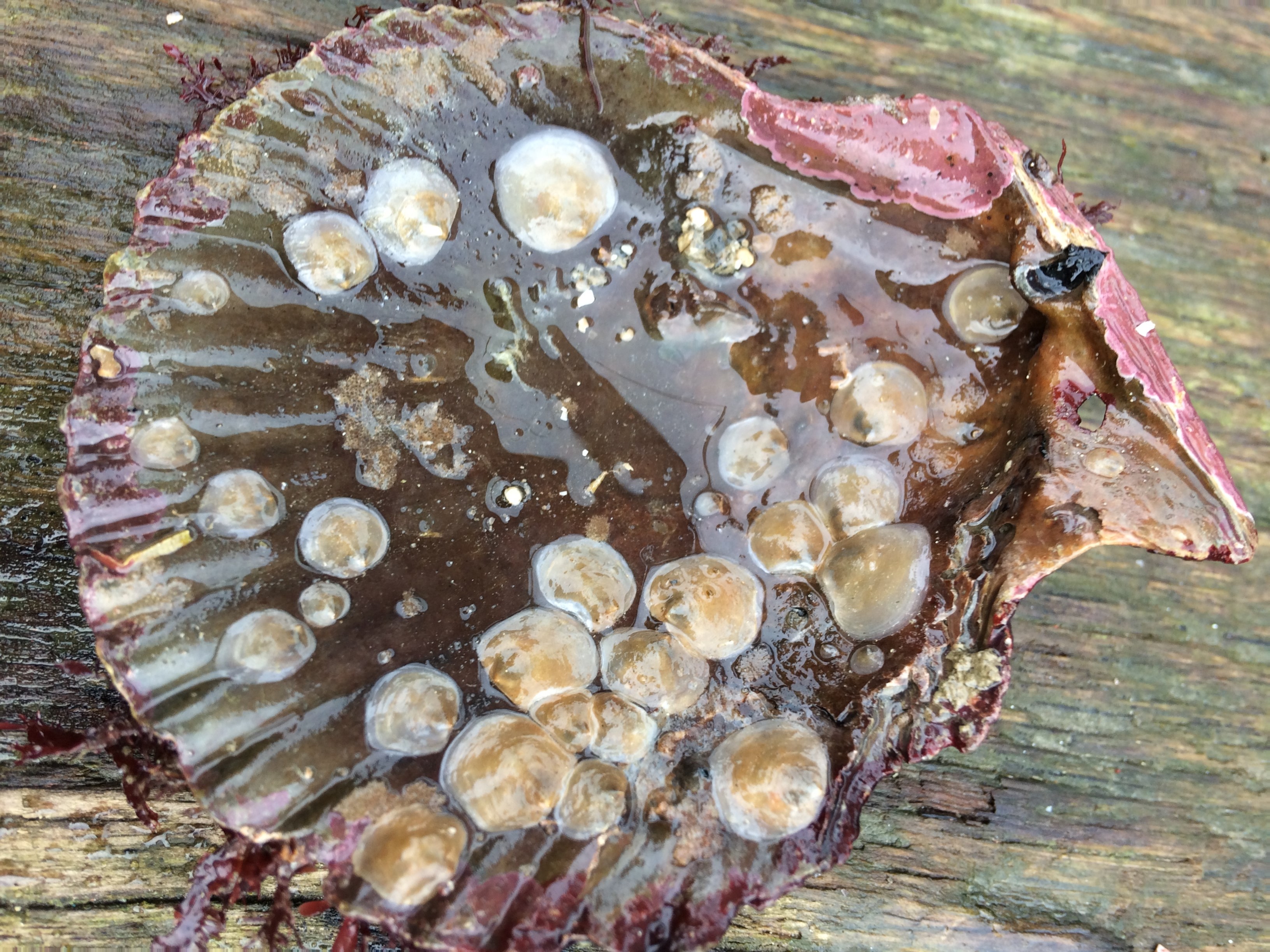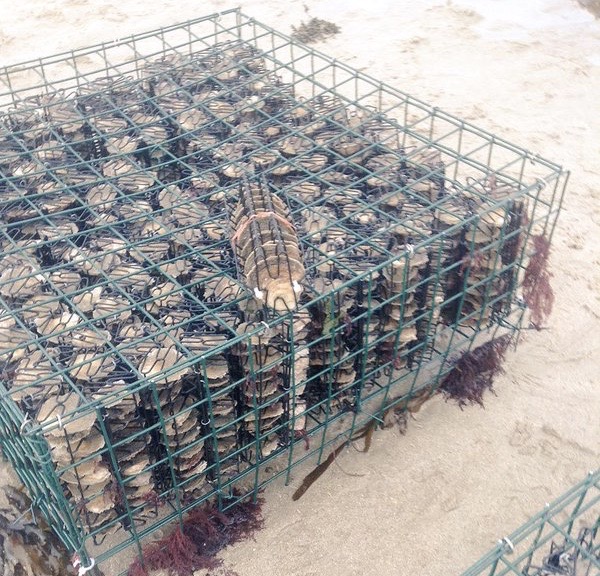Saving 'Ester' - Cornish for 'Oyster'!
A Wild Cornish Native Oyster Hatchery
Whether you enjoy eating oysters or whether you just want cleaner seas and a diverse marine ecosystem, by supporting this project you will help oysters that are a backbone species in marine habitats and encourage many other plant and animal species to flourish.
Even the smallest donation will make a real difference to the survival of this species.
What is the project?
We aim to hatch and release 1,000,000 Cornish native oysrers into the Fal estuary and crowdfunding is the only way we can kickstart thos project in 2020.
Working in the environment:
Oysters play a vital role in filtering seawater and keeping marine habitats alive, just one oyster can filter over 200 litres almost 50 gallons every day, clean seawater also helps with photosynthesis, which in turn helps marine plant species!
Overfishing, pollution and disease has wiped out 85-95% of the worlds Native Oyster population in the past 2 decades alone.
It goes without saying that there is “No Planet B!” it has taken thousands and thousands of years for the Oyster to acclimatise and to be crowned as one of the longest serving edible seafoods. There is evidence primates have been using stone tools to eat shellfish for millennia.
Scientific research and screening can eliminate the spread of disease, sustainable local aquaculture can reduce the pressures of overfishing the juvenile wild stocks before they have had chance to reproduce and cooperative management can put a stop to pollution of our estuaries and seas.
Our plan is to save large disease resilient Cornish Native Oysters and put them through a controlled hatchery program, so we can study the growth patterns of larvae and spat (baby oysters), then they will go through natural seawater settling and holding tanks, as well as upwellers and silos, this will encourage an increase in survival rate of wild native oysters.
 |
| Image above: Native Oyster Larvae Stages - Copyright: Rodriguez-Perez, A., Sanderson, W. G., Møller, L. F., Henry, T. B. & James, M. (2020). |
By aiming to put more than a million spat (baby native oysters) back in to the Fal Estuary every year we will be "putting more on than are taken off for relaying and consumption"
"Seafish estimate the current survival rate for larvae to 12 months old in the wild is 1/500,000 or 0.0002%"
"Seafish estimate the current survival rate for larvae to 12 months old in the wild is 1/500,000 or 0.0002%"

Oyster 'pediveliger spat' on a Queen Scallop Shell - Copyright CJ Ranger
The project has very achievable expectations of a 1% survival rate, it is well understood in the USA that a 30%-60% survival rate can be achieved with hatchery born and nursery managed stocks. Also when mature oysters are stored at a density with many male and female oysters they will all help to trigger male oysters, when fertilized with billions of eggs created in the female shell they release millions of larvae in to their wild natural habitat, the Fal Estuary.
 |
| Native Oyster Tray Microreefs - Copyright Jersey Sea Farms Ltd. |
WHY IS THIS PROJECT SO IMPORTANT?
The Native Oyster Restoration Alliance (NORA) and the Berlin Oyster Recommendation says doing so will: “bring back a key ecosystem engineer by developing and supporting best practice in Europe”.
Background: Sufficient seed oyster supply is a key limiting factor for native oyster restoration projects in Europe. Translocation between sites of seed oysters or any other size classes from wild beds should be discouraged to avoid increasing the pressure on still existing wild beds and reduce the risk of spreading invasive species and disease.
Recommendation: Action should be undertaken to support existing hatcheries, spatting ponds and spat collector techniques and to establish new hatcheries and spatting ponds for the production of robust and genetically diverse Ostrea edulis seed. Brood stock sanctuaries should be established and used for local reinforcements."
If you are just browsing or short of time right now, please just read the bold text OR look at the pictures showing native oyster growth stages AND sign up to our newsletter!
Background: Sufficient seed oyster supply is a key limiting factor for native oyster restoration projects in Europe. Translocation between sites of seed oysters or any other size classes from wild beds should be discouraged to avoid increasing the pressure on still existing wild beds and reduce the risk of spreading invasive species and disease.
Recommendation: Action should be undertaken to support existing hatcheries, spatting ponds and spat collector techniques and to establish new hatcheries and spatting ponds for the production of robust and genetically diverse Ostrea edulis seed. Brood stock sanctuaries should be established and used for local reinforcements."
If you are just browsing or short of time right now, please just read the bold text OR look at the pictures showing native oyster growth stages AND sign up to our newsletter!